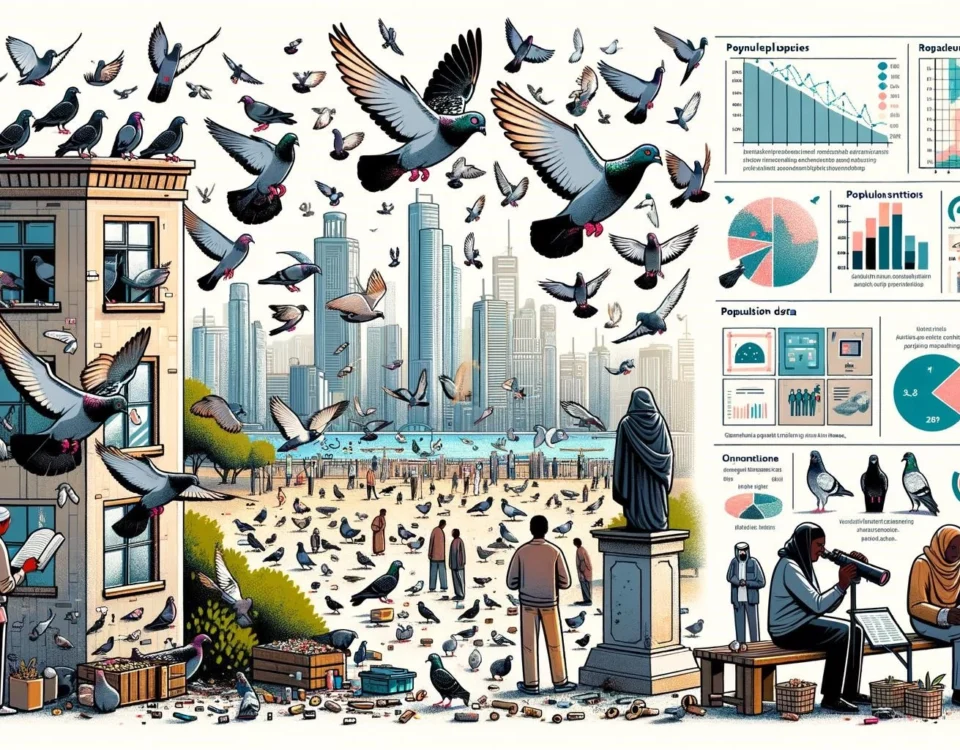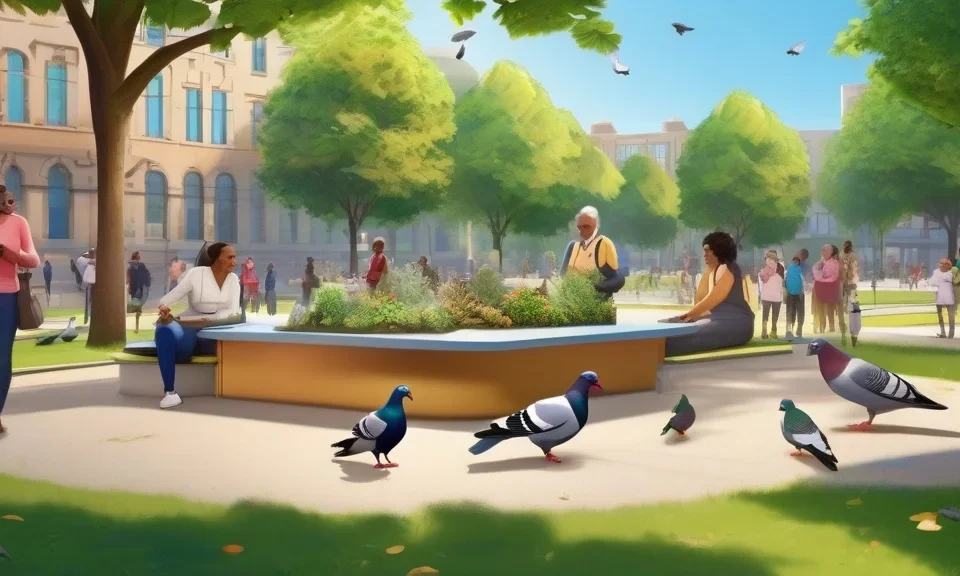Pigeons are highly adaptable birds that can be found in both urban and rural areas around the world. Their ability to thrive in diverse environments has made them a subject of interest in urban ecology and conservation efforts. In this article, we will explore the importance of urban pigeon conservation and the measures taken to protect these adaptable birds.
Key Takeaways
- Pigeons are highly adaptable birds that can thrive in both urban and rural environments.
- Urban pigeon conservation is important for preserving biodiversity and maintaining a balance between human needs and wildlife.
- Pigeons play a vital role in seed dispersal and contribute to plant regeneration and biodiversity.
- Efforts to manage pigeon populations in urban areas focus on promoting responsible feeding and maintaining suitable habitats.
The Role of Urban Pigeons in Conservation
Urban pigeon conservation is crucial for several reasons. Firstly, pigeons play a vital role in seed dispersal. As they forage on fruits and seeds, they consume and later excrete viable seeds. This process helps in the dispersal of seeds to new areas, allowing for plant regeneration and the maintenance of biodiversity in urban environments.
Secondly, pigeons serve as important wildlife ambassadors. Their presence in urban areas connects people to nature and creates opportunities for environmental education and awareness. By conserving pigeon populations, we can promote a sense of stewardship and responsibility towards urban wildlife.
Lastly, urban pigeon conservation is important for maintaining a balance between human needs and wildlife. Pigeons have adapted to urban environments and rely on human-provided food sources, such as discarded food and grains. By managing and preserving suitable habitats for pigeons, we can minimize conflicts and promote coexistence between humans and wildlife.
Conservation Measures for Urban Pigeons
Efforts to manage pigeon populations in urban areas focus on responsible feeding and maintaining suitable habitats. Here are some key conservation measures for urban pigeons:
1. Responsible Feeding
Encouraging responsible feeding practices can help control pigeon populations without harming them. This includes providing appropriate food in designated areas and avoiding overfeeding. Responsible feeding can help prevent the overpopulation of pigeons and reduce dependency on human-provided food sources.
2. Suitable Habitat Design
Creating and maintaining suitable habitat for pigeons in urban areas is essential for their conservation. This can include installing nest boxes or providing nesting sites on buildings, rooftops, or other structures. Designing urban green spaces with suitable vegetation and food sources can also attract pigeons and provide them with natural habitats.
3. Control Measures
In some cases, control measures may be necessary to manage pigeon populations in urban areas. This can include implementing non-lethal methods such as the use of falconry, lasers, or noise deterrents to discourage pigeons from roosting or nesting in specific areas. It is important to use humane methods and to consider the welfare of the birds during control measures.
4. Education and Awareness
Education and awareness initiatives are essential for promoting urban pigeon conservation. By raising awareness about the importance of pigeons in urban ecosystems and their role in seed dispersal, communities can develop a better understanding and appreciation for these birds. Educational programs and outreach activities can engage communities and promote responsible pigeon management practices.
In conclusion, urban pigeon conservation is essential for preserving biodiversity, maintaining a balance between human needs and wildlife, and promoting environmental awareness and education. By implementing responsible feeding, creating suitable habitats, and raising awareness, we can ensure the survival and coexistence of pigeons in urban environments.









